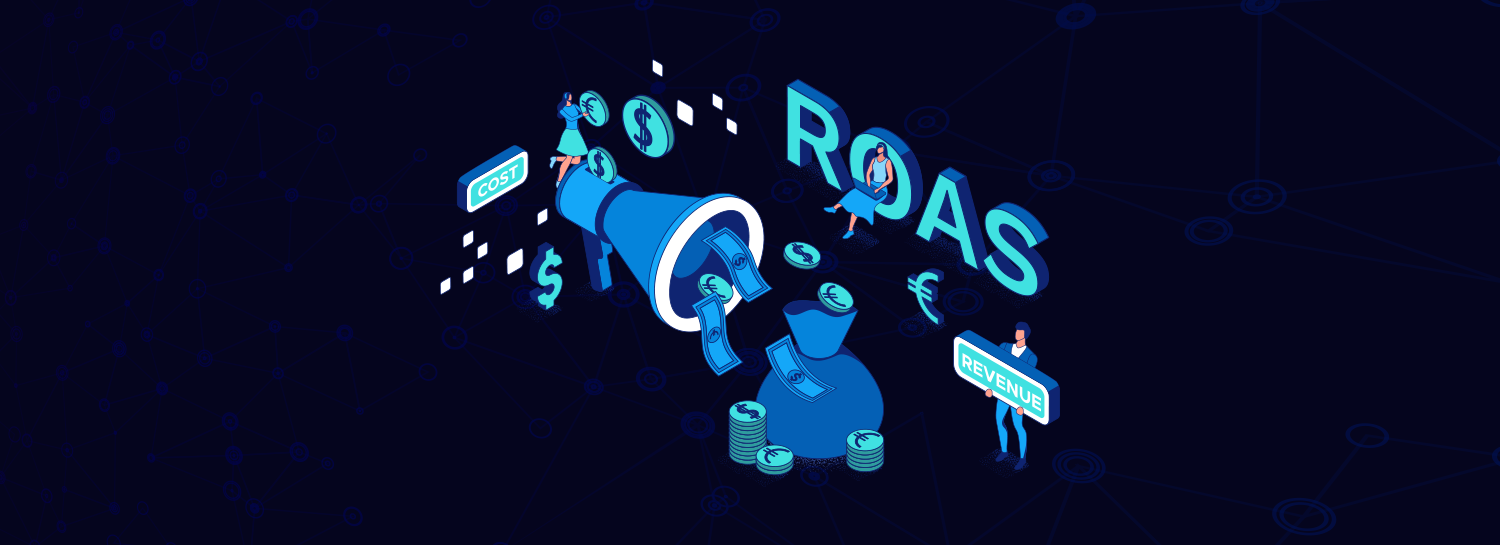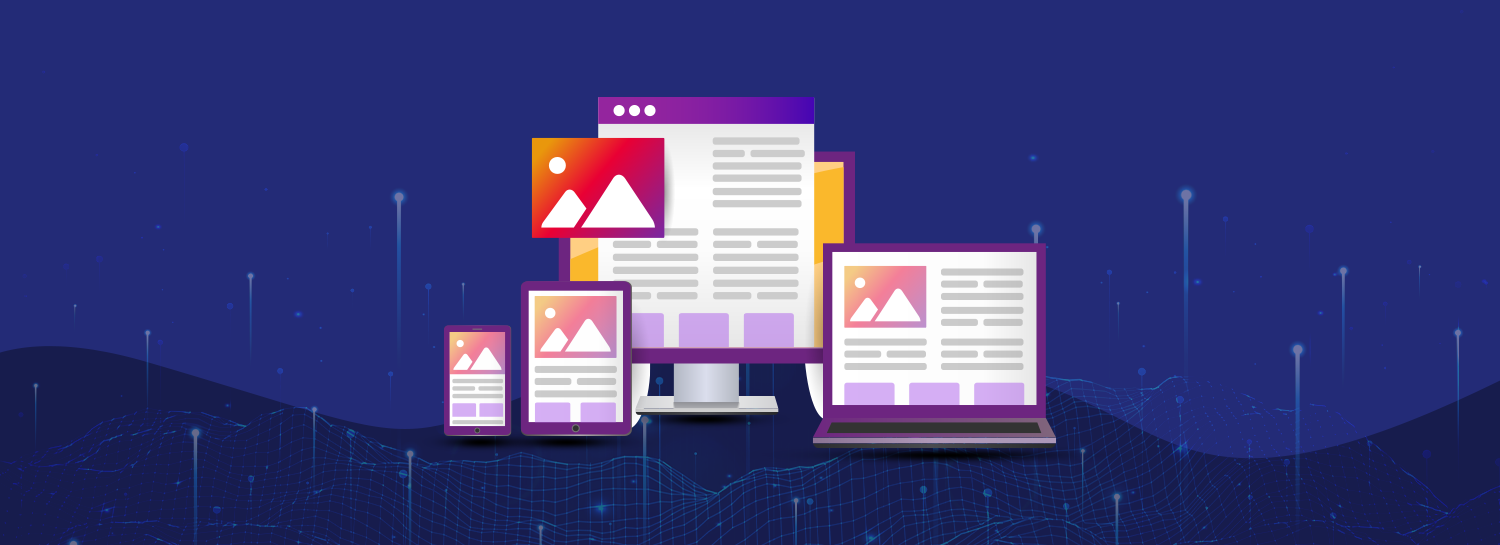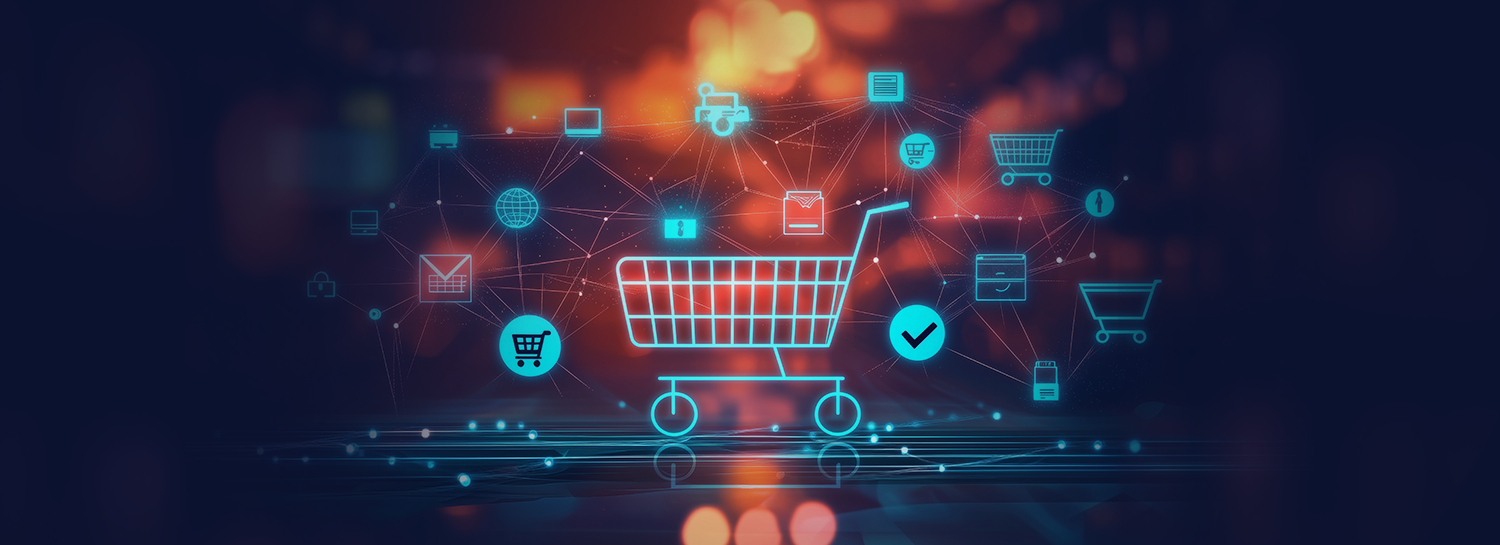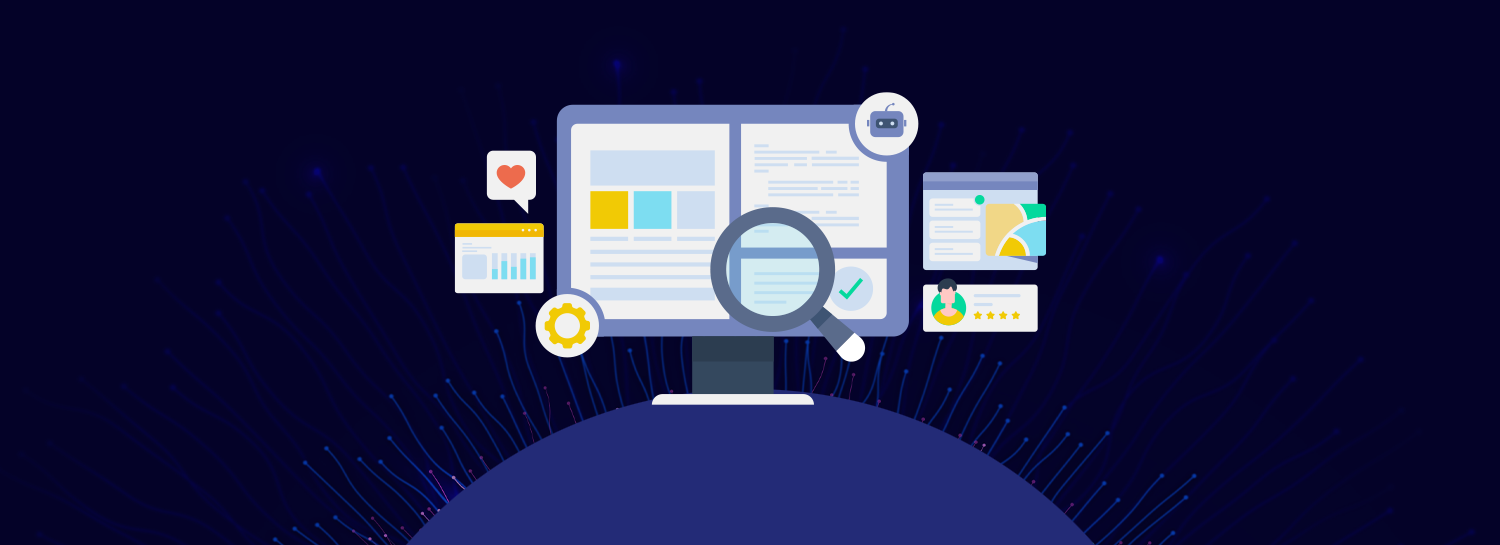In the fast-evolving world of AdTech, tools powered by artificial intelligence are no longer optional, they’re becoming central to staying competitive. From automating creative production to optimizing budget allocation and audience targeting, AI is reshaping how marketers plan, execute, and measure campaigns. Here are key tools and trends for 2025, supported by data, and what you should be paying attention to.
The State of AI & AdTech: Quick Reality Check
- The global AdTech market is projected to grow from US$986.87 billion in 2025 to around US$2,547.17 billion by 2032, at a CAGR of roughly 14.5%.
- In marketing more broadly, the AI-marketing segment is estimated at US$47.32 billion in 2025, up significantly from about US$12.05 billion in 2020.
- Marketers using AI for audience segmentation report ~74% improvement in conversion rates.
- Nearly 90% of advertisers are already using or plan to use generative AI (GenAI) for video ad creation. That proportion is expected to rise sharply by 2026. TV Tech
These numbers show: tools that increase speed, efficiency, or precision aren’t just “nice to have”—they’re becoming table stakes.
Tools & Capabilities to Watch
Here are several types of AI-powered tools transforming AdTech, along with examples or use cases, what they solve, and trade-offs to consider.
| Capability | What It Does / Examples | Why It Matters / Benefits | Things to Watch Out For |
| Generative Creative & Video Automation | Generating ad creatives (images, video, copy) via AI; tools like those Meta is evolving toward, which will allow advertisers simply to upload a product image + budget, and the platform generates versions automatically. |
Speeds up content production, enables variant testing, reduces cost for video and multimedia formats. Particularly useful for SMBs or fast-paced campaigns. | Risk of generic creative, brand safety concerns, potential issues with originality or consistency. Also legal / copyright. |
| Audience Segmentation / Predictive Targeting | Tools that use ML to forecast customer lifetime value, churn, look-alikes; to dynamically adjust targeting or bid strategies. |
Higher ROI, lower wasted ad spends; better personalization; ability to adapt as behavior shifts. | Requires good quality first-party (or compliant third-party) data; risk of privacy/regulatory constraints; model drift. |
| Budget Optimization & Automation | AI tools that allocate budget across channels, adjust bids in real time, or shift spend based on performance signals. |
Maximises efficiency; less manual tweaking; responds faster to underperformance. | Over-optimization can lead to overfitting; transparency can suffer; risk of allocating too little to experimental or branding channels. |
| Ad Performance Measurement & Attribution | Tools that unify cross-channel data (online + offline), provide real-time analytics and predictive insights into which parts of the funnel are working. |
Better decision making; understand what truly moves the needle; identify bottlenecks early. | Data silos, attribution disagreements, delayed feedback loops, privacy / cookie restrictions. |
| Brand Safety, Compliance & Privacy Tools | Automated detection of unsafe placements, harmful or irrelevant content; tools to manage ad policies, privacy compliance (e.g. data handling, pixel usage). |
Protects brand reputation; builds trust; ensures regulatory compliance (GDPR, local laws, etc.). | False positives or negatives; balancing safety with reach; needing frequent updates as policies shift. |
Trends & What’s Coming
Some of the major macro trends/risk factors to keep one eye on:
- GenAI for video/creative will become far more mainstream, especially for dynamic creative optimisation. As data suggests, by 2026, many video ads will have GenAI components.
- Privacy & first-party data strategies will be more consequential: as third-party cookie deprecation and regulation grow, tools that manage compliant data pipelines, audience permissions, clean rooms etc. will be increasingly valued.
- Convergence of AdTech + MarTech: marketers will lean on platforms/tools that integrate ad delivery, performance, and customer lifecycle so the journeys are more coherent.
- Demand for transparency and accountability: advertisers want to see exactly where their budget is going, how tools are making decisions (e.g. bid adjustments, content selection) to assess trust & ROI.
How to Choose the Right Tool
When evaluating tools, consider:
- Accuracy & governance: how reliable is the tool? What are error rates, what certifications or audits does the vendor have?
- Integration: can it plug into your existing platforms, pipelines, reporting systems?
- Speed vs control trade-off: faster automation vs hands-on control.
- Cost and scalability: both in tool fees and in the resources needed to manage / onboard it.
- Privacy / compliance: is the tool built to respect data protection laws, offer transparency for audiences, etc.?
Why Partnering with a Managed Services Expert Makes a Difference
Building on these tool trends, many organizations find that even as they invest in AI-enabled tools, the hardest parts are execution, consistency, and governance. That’s where partnering matters.
Paragon Digital Services offers a hybrid model: we augment your existing teams—bringing domain depth, reliable processes (backed by ISO certifications), governance, and expert execution, so that you can adopt and scale with confidence. With us, you don’t just try tools; you ensure that campaigns are executed without error, delivered on time, and aligned with your strategic objectives










